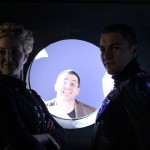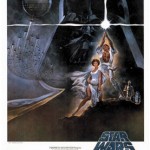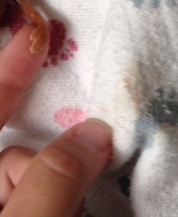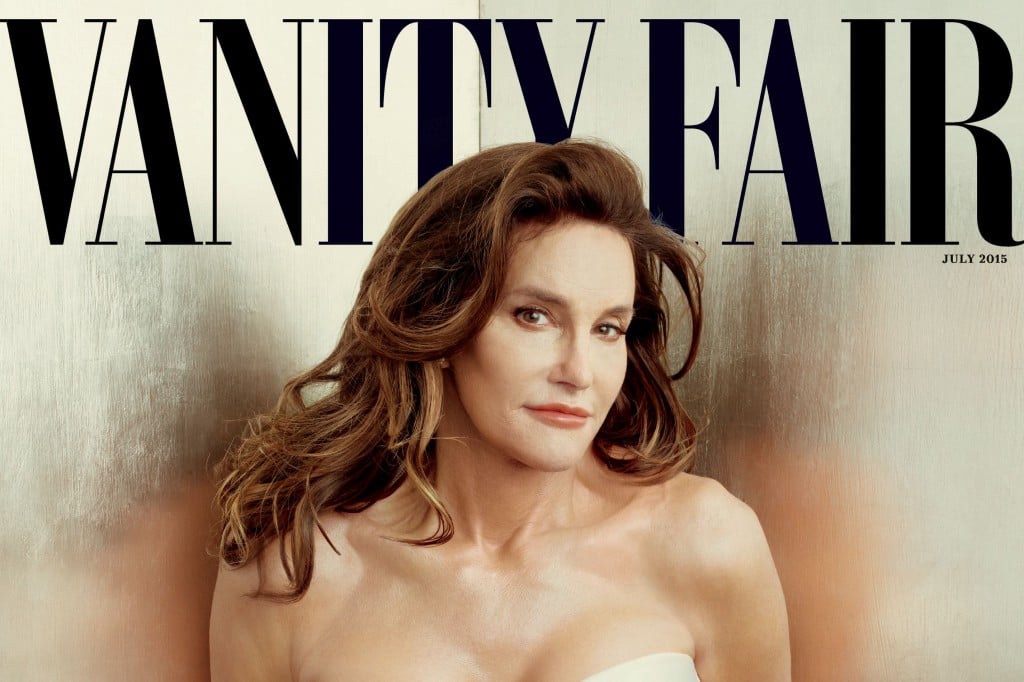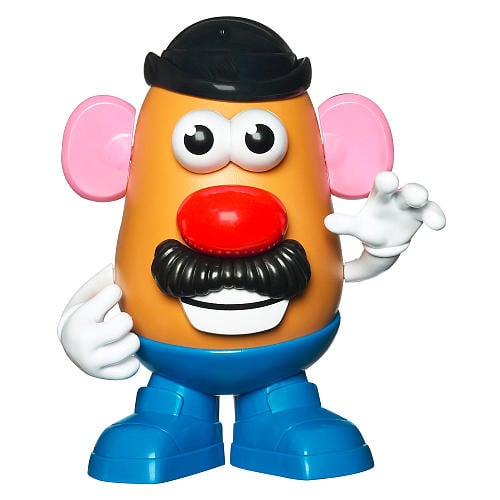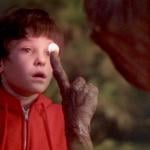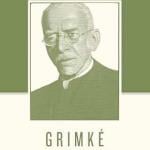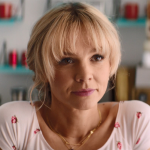 Some say that once you figure out what you truly want to do as a career, you never have to work a day in your life. I’ve never believed that. Don’t get me wrong, I’m convinced there’s immense joy in being paid to do what you truly love. But getting there and – just as crucial – staying there takes the kind of grunt work that will most likely break your back and shatter your soul in the process.
Some say that once you figure out what you truly want to do as a career, you never have to work a day in your life. I’ve never believed that. Don’t get me wrong, I’m convinced there’s immense joy in being paid to do what you truly love. But getting there and – just as crucial – staying there takes the kind of grunt work that will most likely break your back and shatter your soul in the process.
At least, as I’m learning, that’s how it is for those pursuing full time careers as writers.
As one of my all time favorite fictional characters, Mr. Rocky Balboa, poignantly says to his whiny, grown up son, “The world ain’t all sunshine and rainbows. It’s a very mean and nasty place and I don’t care how tough you are, it will beat you to your knees and keep you there permanently if you let it…But it ain’t about how hard you hit; it’s about how hard you can get hit and keep moving forward….That’s how winning is done!”
(Being from Philly, I’m a little biased toward anything Rocky says, but that’s beside the point).
A few months ago, I completed my very first novel. If it never sees the light of day and I don’t write another story in my life, I’m happy I can at least say I actually wrote a full length book. Many people talk about it, few actually sit down and do it. As Rogue contributing writer, Melody Evans said in a recent article, “Like all aspiring writers…the struggle to find a method to our madness is one of the first challenges we face. But it won’t be the last.”
In other words, what should you write about and how do you get it done? — Two questions no one can answer for you.
Writing, in some shape or form, has been a staple within my various jobs over the past decade. I’ve designed brochures, crafted press releases, edited major publications, and penned articles. And of course, I’ve always been a big reader. Biographies, memoirs, novels, nonfiction stories…you name it. Truth be told, nothing connects with me as well as fiction. In fiction, you actually get to become the characters as they journey through whatever it is they’ve got to overcome. It’s the closest thing to a vacation without actually taking one.
A few years ago, my wife and I went through the painful process of coming to terms with the knowledge that we’d never conceive a baby. To say we were hurting, angry, and depressed would be quite an understatement. During that time, we felt all alone in our struggles and our marriage took some hits. After working on our own relationship first and then finally accepting the reality of our infertility, we decided to adopt. Let’s just say that, while we are now the happy parents of a beautiful and rambunctious little girl, the road to adoptive parenthood was littered with its own challenges, surprises, and heartbreaks.
My wife and I are pretty outgoing people, so we decided to keep a blog of our ongoing adoption journey. It turned out to be a big hit within our surrounding community. People told us they learned things they never knew about adoption and the infertility struggle. It provided comfort to other adoptive couples-in-waiting and spurred some of them on to start their own blogs. Many people told us they were continuously tracking with us, anxiously awaiting each new post. By the time our daughter came home, the whole experience planted a very firm idea in my head: what would a fictional story about a couple discovering their infertility and ultimately navigating the adoption process look like? Would they give up? Would their marriage fall apart? Would they be able to handle knowing the birthparents of the baby they adopt? Most importantly, would anyone want to read it?
I began to think about some chilling stats. According to the American Pregnancy Association and Planned Parenthood, up to 25 percent of all pregnancies end in a miscarriage. According to the CDC, nearly 11 percent of women in the U.S. between the ages of 15-44 have an impaired ability to get pregnant or carry a baby to term. And 6 percent of all married couples in the U.S. are infertile (approx. 20 million couples). Additionally, the U.S. has one of the highest teen pregnancy rates in the world; 3 out of 10 teenage girls get pregnant at least once before age 20 (750,000 teen pregnancies annually). Sadly, many of these teens aren’t fully aware of the range of adoption-related options available to them.
So yes, a lot of people can relate. This was a story that needed to be told. But how?
I quickly ruled out writing a memoir or a nonfiction narrative. Quite frankly, my life isn’t all that interesting. Plus, who wants to read a straight up “adoption” book? I don’t and I’m a freaking adoptive father! What people want are characters with depth that engage in unique relationships and face complex challenges that grow them to a level they never thought possible by the end of the story. And nothing brings that out quite like fiction.
So, using my overall experiences as a loose blueprint in the back of my mind, I came up with some interesting characters and flipped their world upside down. Along the way, their circumstances took on a life of their own and the story took shape in ways I never originally imagined or intended. I discovered my characters saying and 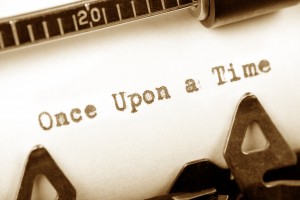 doing things I would never have the guts to say and do, and I had a front row seat to the unfolding of their lives. I laughed and cried with them. I felt their anxieties and crushing agonies. I celebrated in their joys. In many ways, I was simply along for the ride. And if I may toot my own horn, what a fun roller coaster ride it turned out to be.
doing things I would never have the guts to say and do, and I had a front row seat to the unfolding of their lives. I laughed and cried with them. I felt their anxieties and crushing agonies. I celebrated in their joys. In many ways, I was simply along for the ride. And if I may toot my own horn, what a fun roller coaster ride it turned out to be.
When I finally finished writing the book, I stared at the screen for a while. To say I was a deer-in-the-headlights would be putting it mildly. More like catatonic on steroids. The first draft stood at 120,000 words. Too long for a first-time novelist, I was told. Thankfully, due to the feedback of some tremendous beta readers, I’ve since edited it down to about 89,000 words, which really illuminated the core of the story. I titled it “Hitting for the Cycle” – a nod to the main character’s love for baseball and, if you read into it, you can perhaps figure out its double meaning.
But then came the hard part: working toward getting the damn thing represented and sold to the right publisher.
And that’s where we are.
Right now, I’m in the midst of pitching the book to literary agents all over the country, hoping and praying that the relatable nature of this story will resonate with the right agent in a literary market full of so much subjective opinion.
While I’m doing that, I’ll continue to keep writing. It’s all I really know how to do and it’s all I want to do. I’ve already started on my next book and I’m very excited about watching it take shape. That’s the beauty of writing a lot and honing the craft; now that I’ve written one book, I know I can do it again (and again, and again…)
And with each rejection notice, I allow myself to feel the sting for a moment before letting it pass. After that, I remind myself, yet again, that if I plan to become a full time writer, it’s not about how hard I can hit, but how hard I can get hit and keep moving forward.
Alan Atchison is a Contributing Writer to The Rogue. He is a Senior Publications Editor at the Center for the Advanced Study of India (University of Pennsylvania), where he also earned a Masters of Liberal Arts in Creative Writing. He lives in Philadelphia, PA with his wife and two daughters. Follow him on Twitter and Instagram.

